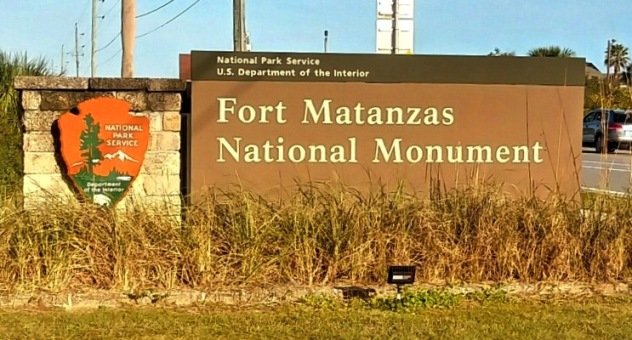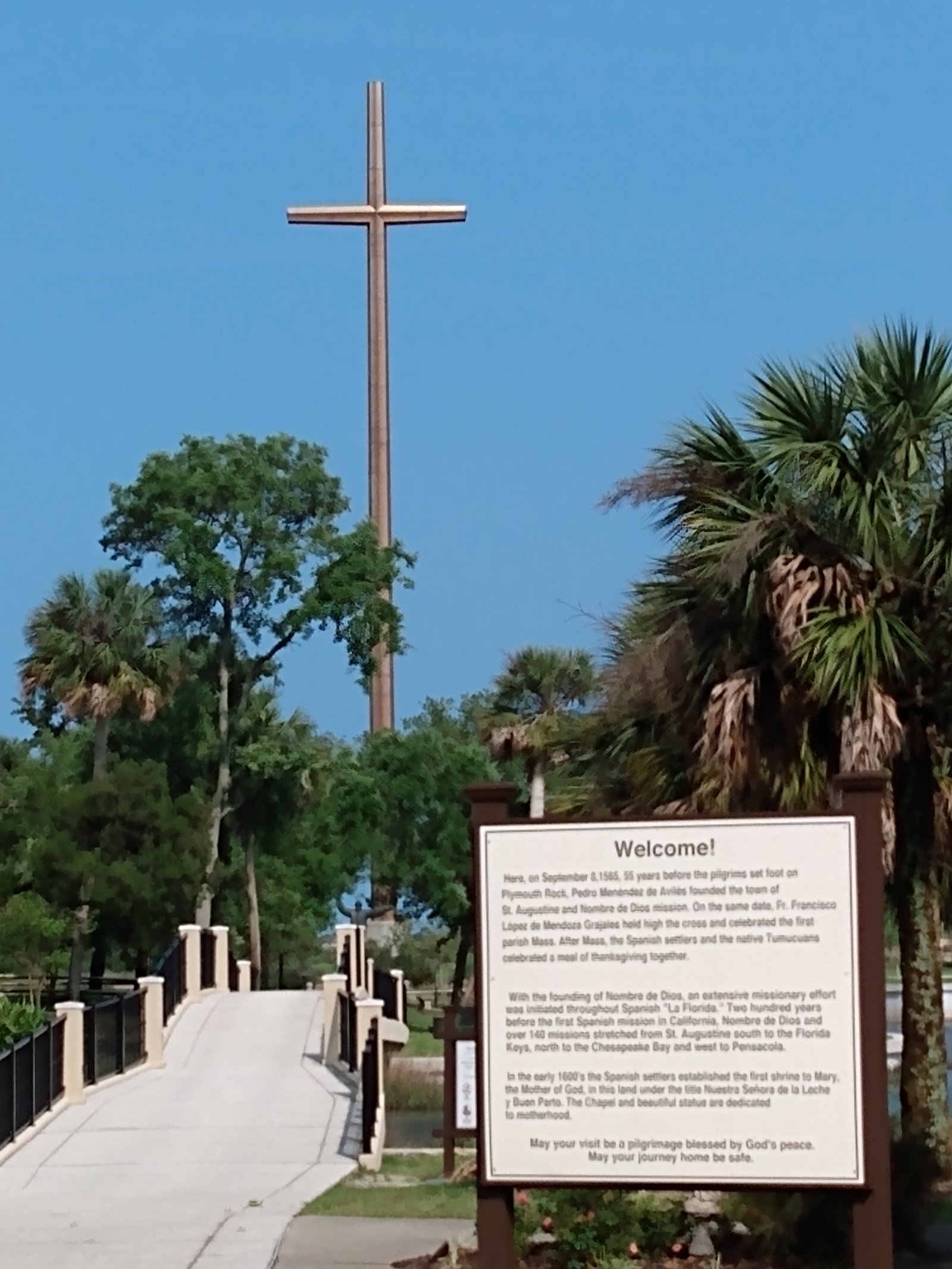St. Augustine
Holy moly, what a town. I am still learning the intricacies of its history. Having called New Orleans home for so long, I have an infinite dislike for those who visit a couple of times and then claim to have some in-depth knowledge of the inner-workings of the local vibe. I am not that person. I only want to share with you what little I know, and how wonderful I think it all is.
Spaniards Juan Ponce de León and Hernando de Soto had both made significant exploratory inroads, but the French settlement of Fort Caroline was already established when Pedro Menéndez de Avilés founded St. Augustine for the Spanish in 1565. Menéndez joined the Spanish military when he was fourteen, and he was a devout, if not obsessed, Catholic. Upon landing, he said something in the line of, “Yep, this’ll do,” and immediately conducted what is believed to be the first Catholic mass on the continent. Only later did he figure out that the French Huguenots were already here, pretty close to where Jacksonville would be today, in what they called Fort Caroline. Menéndez marched his troops north to conquer the French heretics. In the meantime, the head guy at Fort Caroline, Jean Ribault, sailed his troops south to conquer St. Augustine. The short version is that Menéndez found Fort Caroline almost empty, said something along the lines of, “Oh, shit!” then slaughtered the few undefended French remaining there and ran for home. Quite the guy, Menéndez.
In the meantime, the shipboard French were blown off course by a tropical storm and most of them were lost at sea. A lucky few hundred of them found their way to shore on an island roughly fifteen miles south of St. Augustine, and another lucky few hundred of them ended up way south near what is now the Kennedy Space Center. Menéndez somehow got word of these stranded, beaten and bloody, starving, helpless French, and headed south to find them. The legend is that he left alive a few Catholics and a few artisans, mostly women, whose skills made them worthy of saving.
I figure Menéndez said something like, “Any of y'all Catholic?” to the first batch of weak and starving French guys, and when they pulled themselves up to full height, tapped themselves on the chest, and answered with pride and defiance that they were Huguenots, Menéndez and his men slaughtered them. When he asked the second batch of weak and starving French guys, “So, how about y'all? Y'all Catholic?” probably a few of the quicker thinkers said they would happily convert, and only 98% of them died in their own blood. As for the few women, the first question was probably not about their religion, but along the lines of, “Can you cook and sew?” Then the few who were spared were required to convert.
In slightly more modern history, St. Augustine's primary waterway, between the mainland and the barrier islands, has been named the Matanzas River. On the spot of the massacre, which natural geography deemed the nautical “back door” to the city, a fort has existed for only a few centuries. That fort is now a National Monument named Fort Matanzas. “And what,” you ask, “is the definition of 'matanzas?'” Well, I'll tell you. “Matanzas” is the Spanish word for “slaughter.”
While Menéndez and his men did all this slaughtering outside city proper, the purpose was to rid the area of the pesky French and their heretic beliefs so that the Spanish Catholic settlement could survive. And survive it did. St. Augustine has survived everything history could possibly throw at it. It has survived hurricanes and invading armies with torches. It has survived the starving of its citizens and the occupation of its waterways. It has survived a second wave of Huguenots (who weren't slaughtered) and a railroad guy named Flagler who built grand hotels. It has survived yellow fever, and yellow fever, and yellow fever again. It has survived the conservative ladies who lost their minds over the publicly-displayed, anatomically-correct statue of David, and the “sit in” where some of the same ladies served tea and cookies to prevent the old city gate from being demolished. It has even survived the nation's first Ripley's Believe It or Not Museum and the never-ending onslaught of tourists. I admire a population that crosses a bridge over the “slaughter” river and sends its tourists to the “slaughter” fort every day, because they have learned how to live with what has come before. I've visited St. Augustine a few times now, and to my relief, not once has anyone asked if I'm Catholic or if I can cook or sew.


